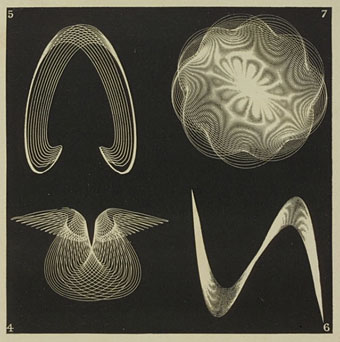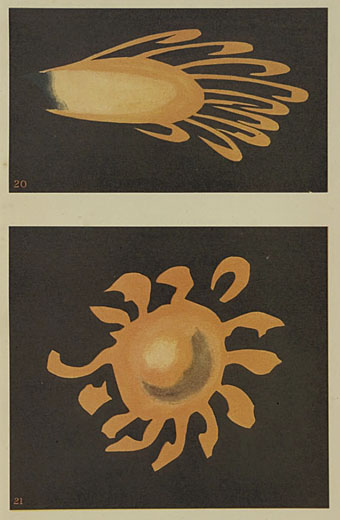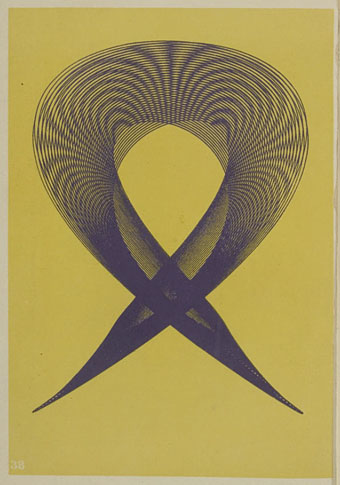Desert Sunrise (no date) by Kay Robinson.
• RIP Richard Horowitz, a composer and musician whose soundtrack work makes the headlines but who I’ve always known best via his appearances on albums by Jon Hassell and others, and his collaborations with his partner, Sussan Deyhim. Majoun (1996) is my favourite among the Horowitz and Deyhim albums but it’s one of those releases that received little attention at the time and hasn’t been reissued since. Related: Revisiting Morocco, Magic, Majoun, Horowitz and Deyhim: Robert Phoenix talks to Horowitz and Deyhim for the final issue of Mondo 2000. | Desert Equations (For Brion Gysin) (1986).
• “A typeface is like an orchestra, and the type designer is its conductor.” Dr Nadine Chahine on the music of type design.
• At Colossal: Flip through more than 5,000 pages of this sprawling 19th-century atlas of natural history.
• At Unquiet Things: Become one with the moss, mushrooms, and magic in the art of Brett Manning.
• At Public Domain Review: Annie Besant and Charles Leadbeater’s Occult Chemistry (1908).
• New music: Reality Engine by 36, and Transformation Sonor by Hannes Strobl.
• Photos of undersea life for the Smithsonian Magazine Photo Contest.
• Mix of the week: DreamScenes – April 2024 at Ambientblog.
• At Dennis Cooper’s: Book.
• The Blue Flame (1981) by David Byrne (with Richard Horowitz) | Ravinia/Vancouver (1987) by Jon Hassell (with Richard Horowitz) | Bade Saba (The Wind Of Saba) (2000) by Sussan Deyhim (with Richard Horowitz)




